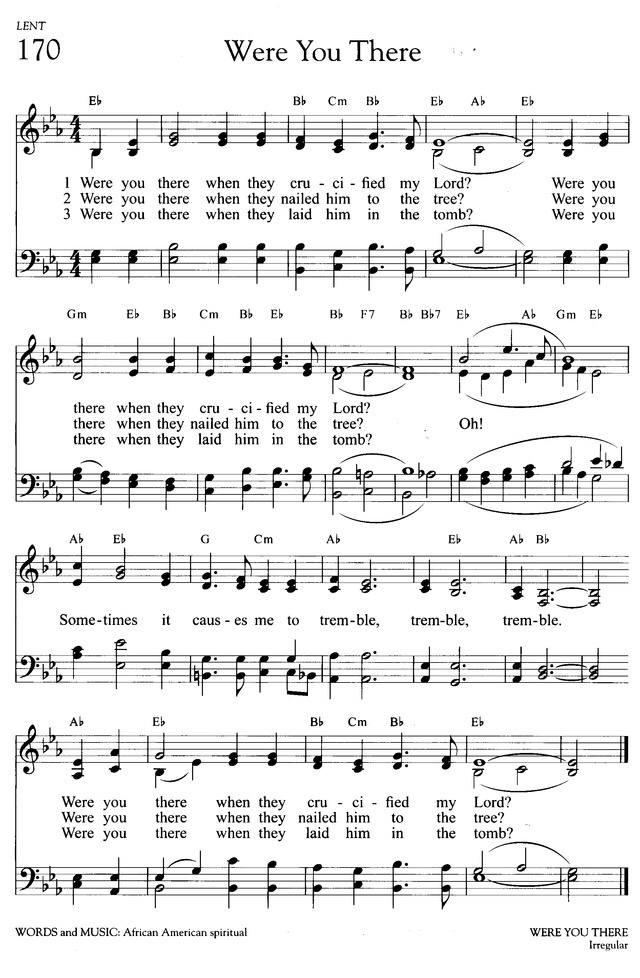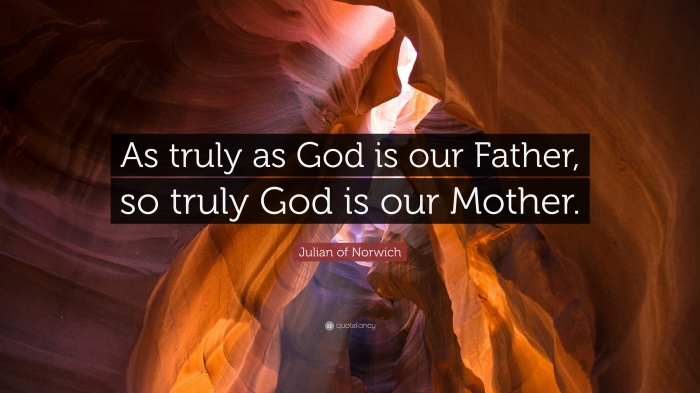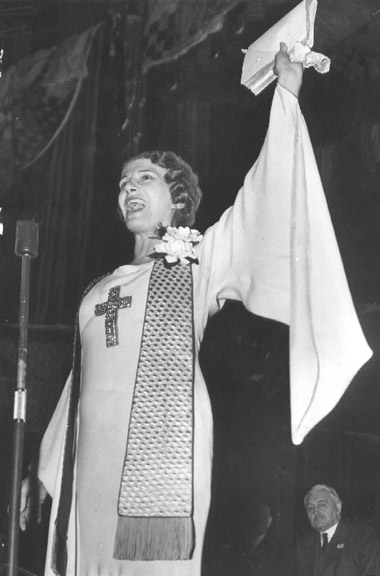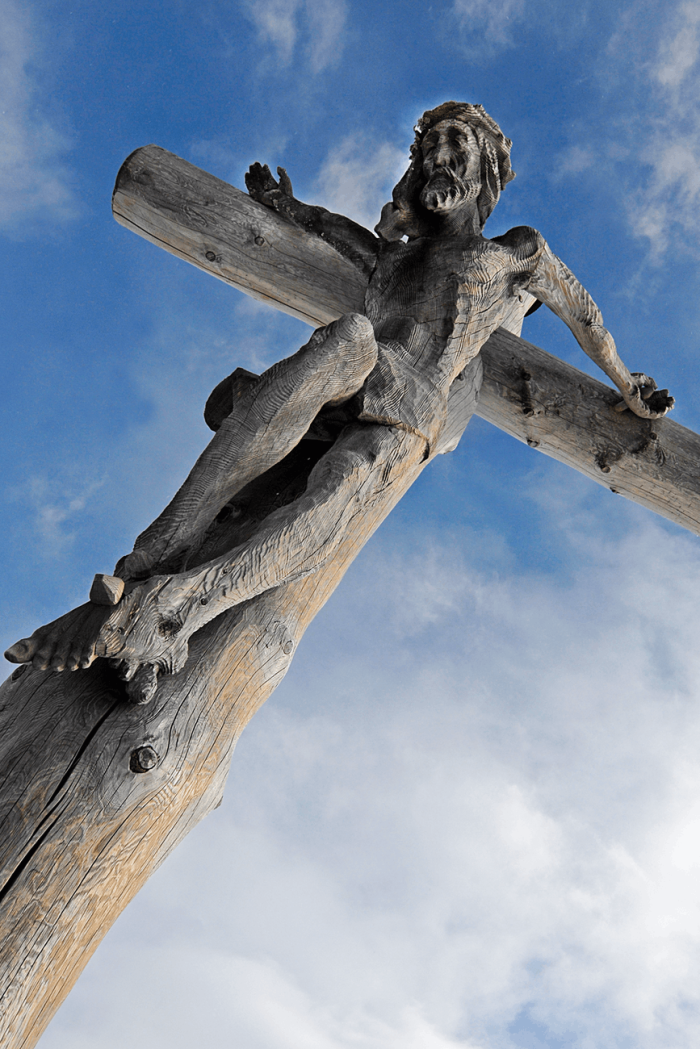Following the lectionary, I preached the Gospel portion from Mark 16.1-8 this morning. This may not seem strange to others, but for a Pentecostal preacher to end before the well known long ending of Mark is tantamount to heresy (not really, but it is a rare phenomenon that cuts against the grain). The Gospel of Mark ends quite abruptly in certain of the manuscript traditions (the one I believe better represents the earliest final form; on the variants and textual witnesses see the NET notes). The longer endings which most are familiar with offer appearances of Jesus, empowerment and calling to mission, and the successful engagement of the good news to the ends of the earth. But that is not where the Gospel ends in the most likely origin:
“When the Sabbath was over, Mary Magdalene, Mary the mother of James, and Salome bought spices so that they might go to anoint Jesus’ body. Very early on the first day of the week, just after sunrise, they were on their way to the tomb and they asked each other, “Who will roll the stone away from the entrance of the tomb?” But when they looked up, they saw that the stone, which was very large, had been rolled away. As they entered the tomb, they saw a young man dressed in a white robe sitting on the right side, and they were alarmed. “Don’t be alarmed,” he said. “You are looking for Jesus the Nazarene, who was crucified. He has risen! He is not here. See the place where they laid him. But go, tell his disciples and Peter, ‘He is going ahead of you into Galilee. There you will see him, just as he told you.’ ” Trembling and bewildered, the women went out and fled from the tomb. They said nothing to anyone, because they were afraid.” (Mark 16.1-8 NIV)
In this ending there are no angels. There is no earthquake. No appearance of Jesus to any of his disciples or the women. No commission to evangelize. There are only mourning women encountering a “young man” dressed in “white” who reminds them of the words of Jesus and informs them to tell Jesus’ “disciples and Peter” to head up to Galilee where Jesus has gone ahead of them. The passage ends with silence and fear. Talk about a heavy ending. What are we to do with such an ending? (Apparently enough folks believed something needed added thus lending itself to the multiple forms of the endings preserved).
We, likewise, are left with only the witness of others speaking the words of Jesus regarding his resurrection (and soon coming). We do not ourselves encounter the risen Christ directly. It is mediated to us. We find ourselves often confused in silence and fear. But the words return, “Jesus the Nazarene, who was crucified. He has risen!” And we also hear the “Go, tell…”. Our hearts tremble. Our minds quake.
But this story continues on in victory. It continues to be passed on and lived out. We only hear this account because those same trembling women did in fact testify to the words concerning the risen Christ. They were faithful! The task they had been entrusted in fear becomes the task we all bear: to share the words of others to us of the risen Lord. To tremble…then testify!


 On a number of occasions I have engaged in conversations, or heard podcasts (I’m thinking here of the October 17, 2017 of
On a number of occasions I have engaged in conversations, or heard podcasts (I’m thinking here of the October 17, 2017 of  I was asked today why John 21.11 notes there were 153 large fish caught by Jesus’ disciples in this resurrection appearance. Here is my brief answer:
I was asked today why John 21.11 notes there were 153 large fish caught by Jesus’ disciples in this resurrection appearance. Here is my brief answer: The following are my brief notes written as a Sunday School introduction for adults to the book of the Revelation that I taught May 13, 2018 at New Life Assembly of God in Ellendale, ND.
The following are my brief notes written as a Sunday School introduction for adults to the book of the Revelation that I taught May 13, 2018 at New Life Assembly of God in Ellendale, ND.
 The following is a sermon I preached for chapel at Trinity Bible College & Graduate School on Tuesday, April 10, 2018.
The following is a sermon I preached for chapel at Trinity Bible College & Graduate School on Tuesday, April 10, 2018. The following is a sermon I preached at Faith Assembly of God in Lisbon, ND on Sunday, March 25, 2018.
The following is a sermon I preached at Faith Assembly of God in Lisbon, ND on Sunday, March 25, 2018. From time to time I receive random questions from people I don’t even know. One from yesterday went as follows:
From time to time I receive random questions from people I don’t even know. One from yesterday went as follows: